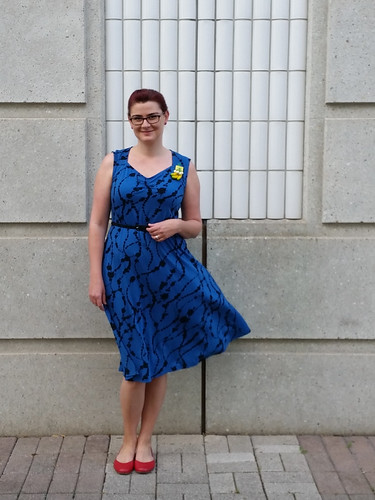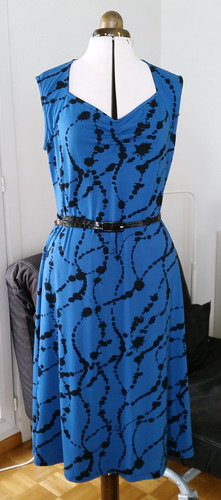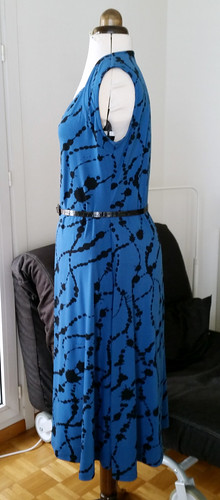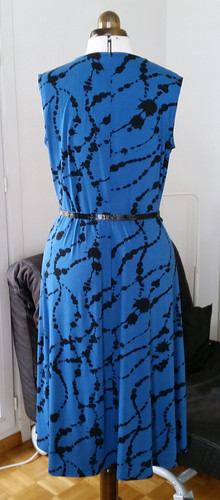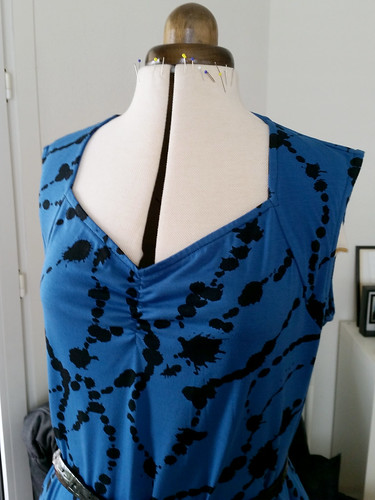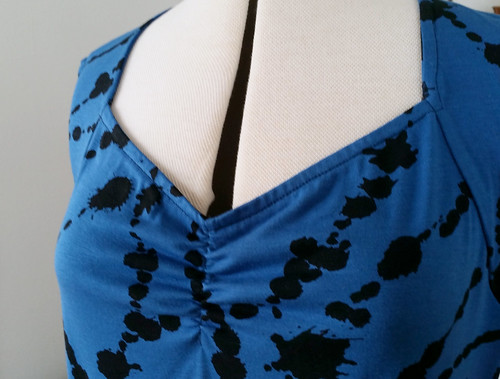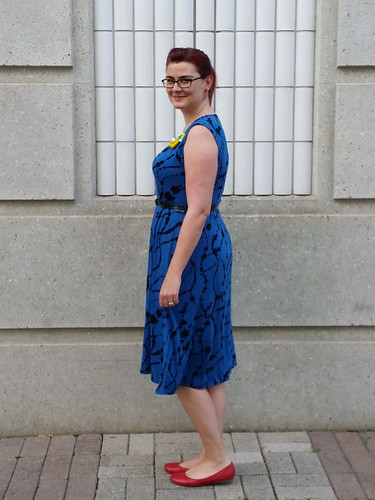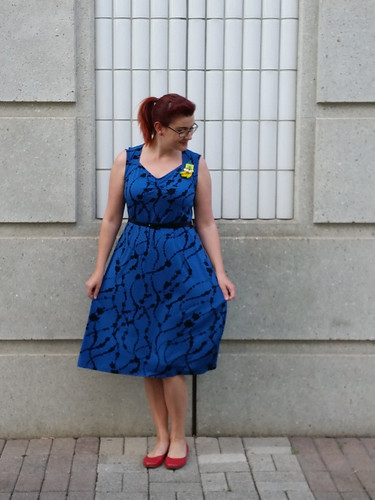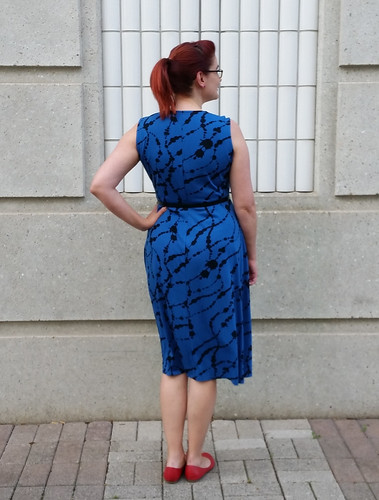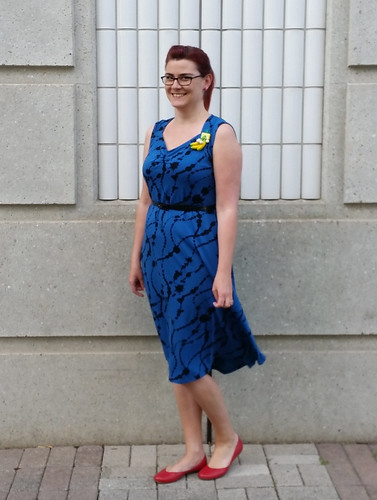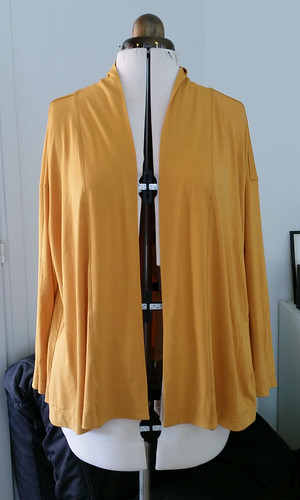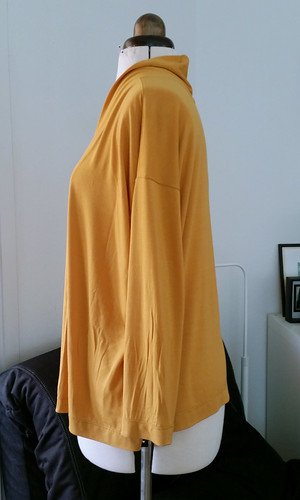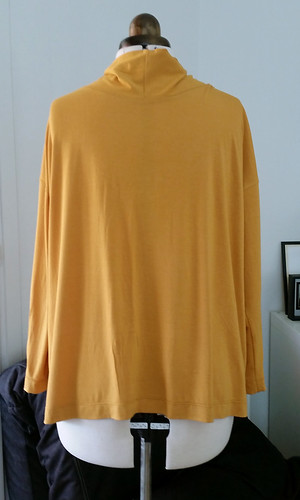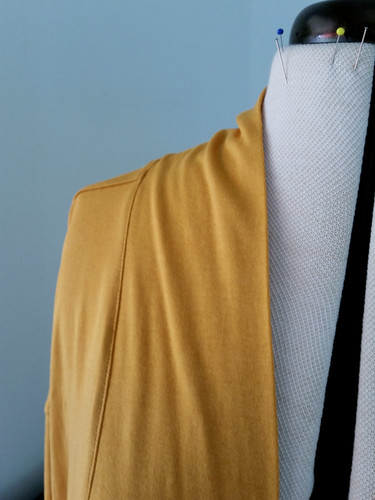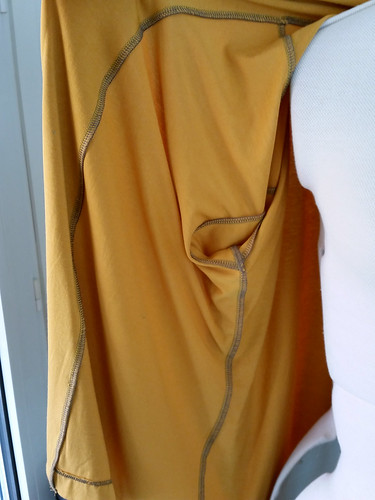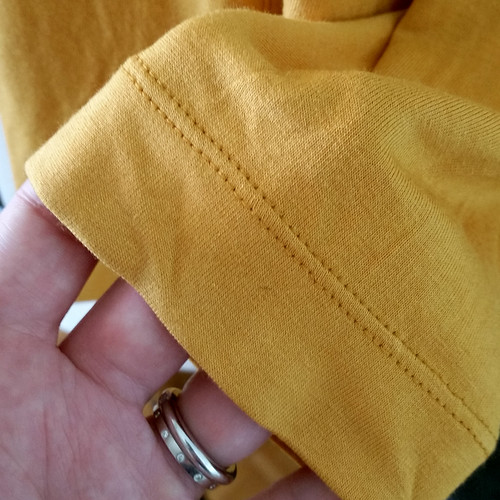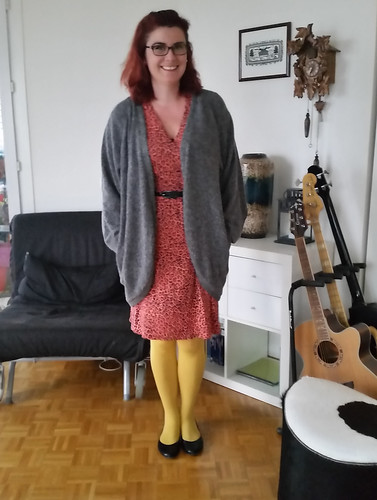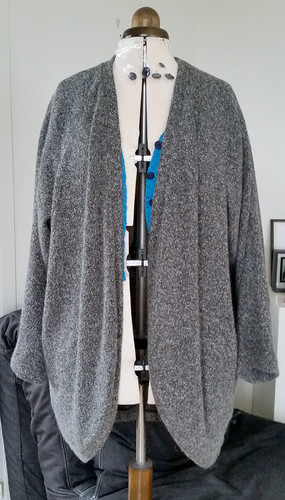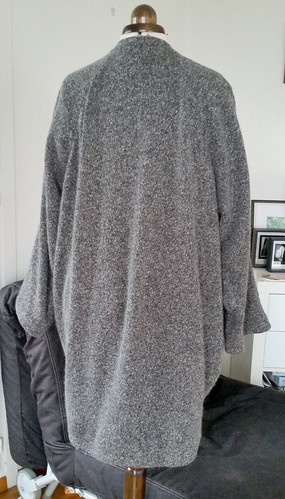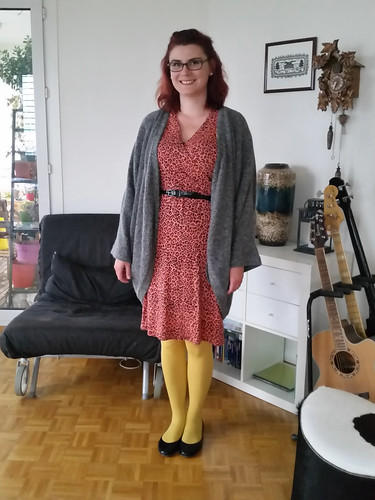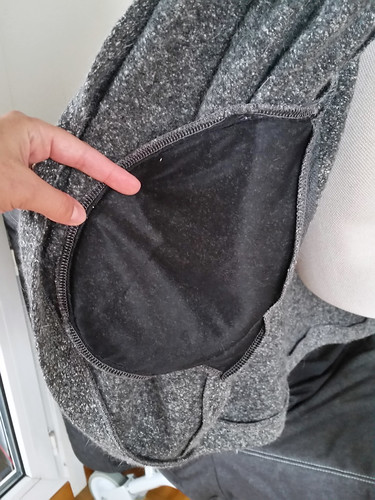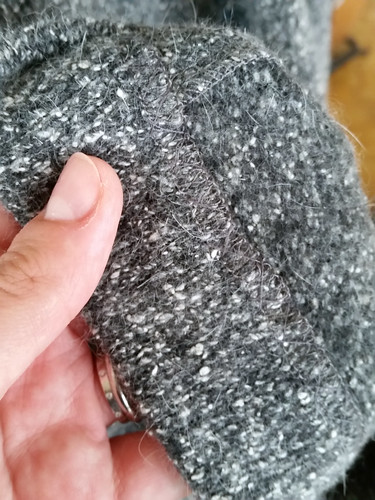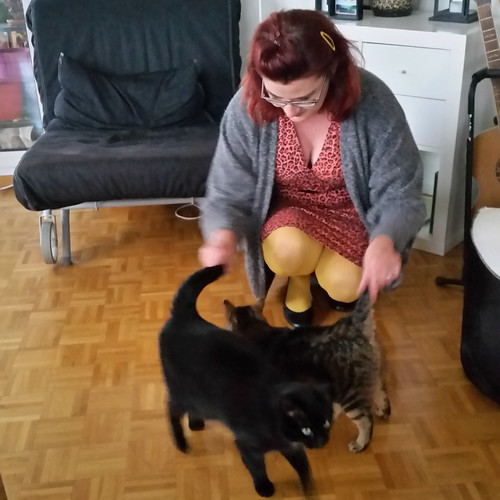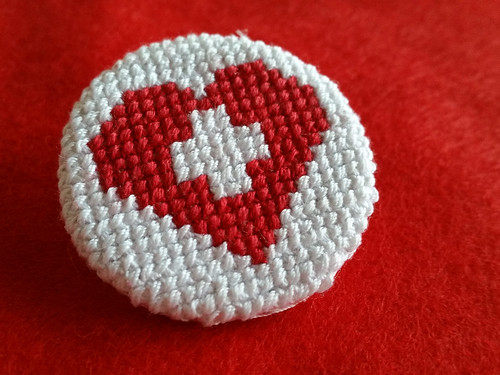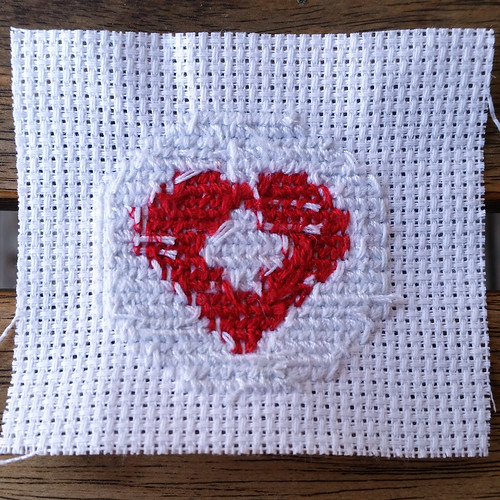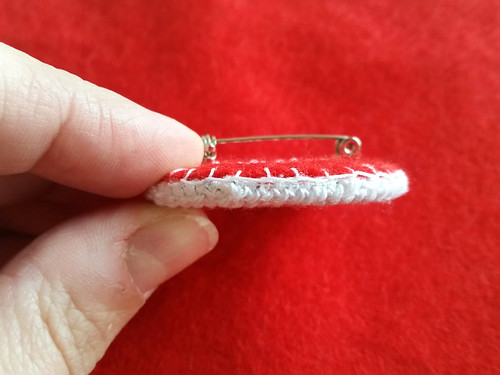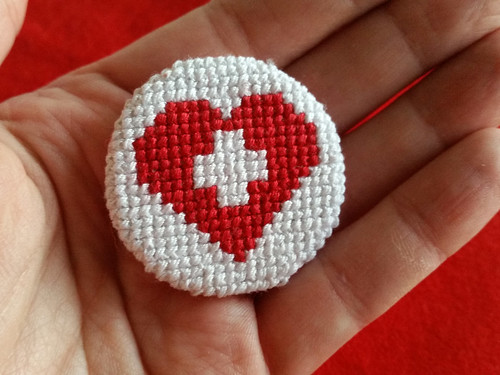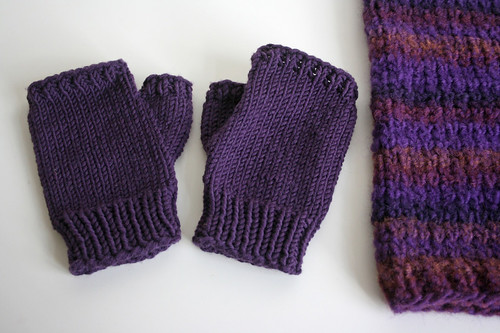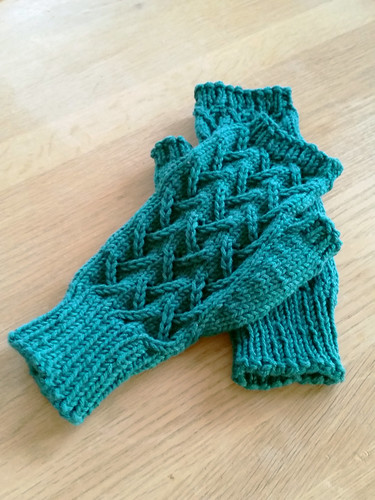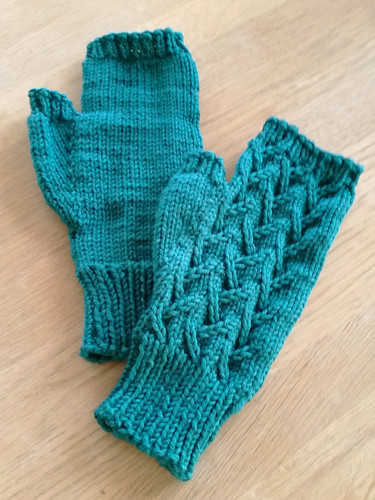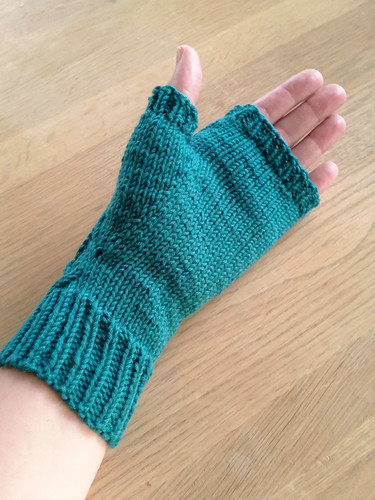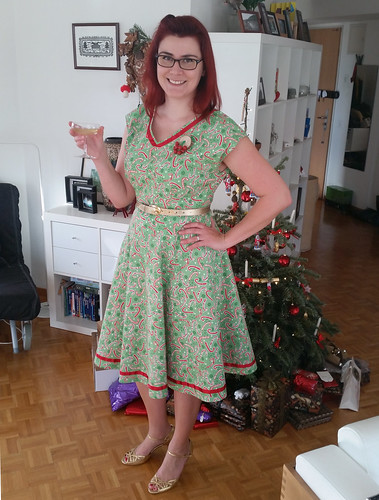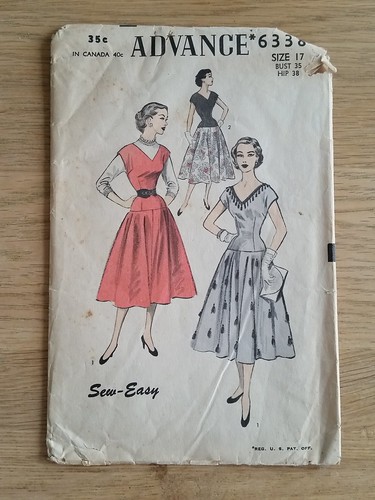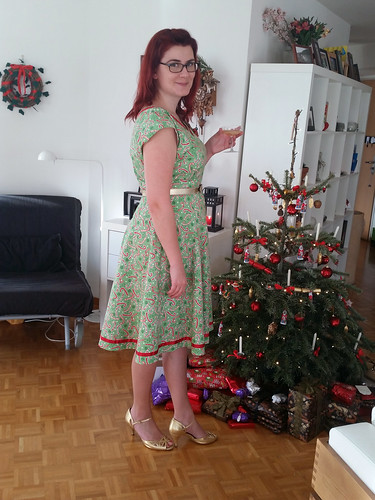I've been meaning to try Lekala patterns for several years, but for various reasons hadn't got around to actually doing it, mostly because the Russian-based site was pretty hard to work out, and the payment method was crazy complicated. I'd been seeing them crop up here and there recently though, and after realising they had an US-based English site too (with payment by PayPal), I thought I would give them a go.
If you haven't heard of them, their USP is that they supply patterns drafted to custom measurements - and they have many many styles to choose from (apparently there's even more choice on the original Russian website). Basically you simply enter your measurements, plus a few optional modifiers, and a PDF pattern is emailed to you a few minutes afterwards. They're also super super cheap (and even cheaper if you register or buy pattern bundles), and also royalty free, meaning you can sell what you make from them. Bootstrap Patterns license the software from Lekala but also have a few extra patterns that aren't on the Lekala site.
I bought a few patterns to try - this is actually the second one I made up. The first is pretty appalling - but that is not the fault of the pattern, but rather me picking a style that just wasn't terribly flattering...
Pattern description
Lekala 4158: Knit top with front shoulder yokes and gathering at bust (lengthened into dress).Fabric used
Rayon-lycra printed jersey.Did it look like the photo/drawing on the pattern envelope/sketch when you were done?
Yes, but in dress form!Were the instructions easy to follow?
The instructions were clearly written (this was one of their patterns that has been edited by a native English speaker), but they weren't particularly great as actual instructions, particularly in the methods used for finishing the armholes and neckline. One key bit of information that was missing was what length of elastic to use for the gathering at the centre front. I also thought I'd somehow managed to print it out too small as the seam allowances weren't 1cm as I thought was standard for Lekala, but actually 0.7cm (although the seam allowances were actually noted in the instructions).What did you particularly like or dislike about the pattern?
Like: I love the shape of the front yokes and sweetheart neckline effect with the gathering, and especially love the custom fit.Dislike: The instructions.
Pattern alterations or any design changes you made
Although Lekala patterns are drafted to your customised body measurements, there are of course limited numbers of measurements they use, so there will always be some adjustments needed. To test the fit, I made up a T-shirt version in cotton jersey with no adjustments except for adding a CB seam.The first version fit perfectly on the front - for reference, I normally need to do an FBA around 2.5-3.5cm width and 2-3cm length on knits - although the back was a bit wonky, as I expected. This was an easy fix though - I did my usual adjustment of rotating the back shoulders and neckline down 2.5cm to shorten the back length above the waist, and shaped the CB seam at the waist.
To lengthen the top into a dress I simply extended the side seams into a cut-on A-line skirt shape. I went with a longer length than I normally wear as it seemed to suit this style, and I rather like it.
Construction details
As I mentioned above, there was no indication of how long to cut the elastic for the gathers at the front. I used my judgement and a piece 7.5cm long (plus extra at the ends obviously!). I used a little Fray Check on the bottom end of the elastic so it didn't shred too much (the top is enclosed in the binding).I finished the neckline and sleeves differently to instructed. Lekala would have you use bias tape for the lower front neckline, and just fold over and topstitch the rest of the neckline and armholes. I hate this method, so used self knit binding for all of these places.
For the top, I sewed it as instructed, where the front yokes are sewn to the lower front, then shoulders sewn together and then the neckline finished. This is a little bit fiddly though when finishing the neckline at the corners where it joins the front, and also makes some weak points where you need to clip into the seam allowance at this corner. For the dress, I sewed the shoulder seams first, finished the neckline and armholes with topstitched binding, plus the lower neckline, stopping the topstitching a few centimetres before the join. I then sewed the front yokes to the lower front and finished the topstitching so that the corners of the visible stitching matched.. I also added a small piece of fusible interfacing at the intersection on the front yokes as the seam allowances still need to be clipped slightly.
If I make this again I would leave the ends of the binding a little bit longer on the edges of the yokes and neckline so that these end up a little neater when they are sewn together (I cut them flush with the ends of the pieces, which means theres a little gap on the wrong side when they are folded in, which doesn't look so neat). The centre front could also probably do with a few stitches in the binding to keep the V shape neat. I would also probably use either a single layer on the binding strip, or sew the binding to the edge with the regular machine rather than the serger - as it is, with a narrow binding it gives a slightly bulky finish.
The seams are all serged, and the hem is serged at the edge to give it some stability, then simply turned up and topstitched.
To save fabric, I cut the the front and back with the print in opposite directions, but I don't think it's particularly noticeable (unless you're doing very intense CSI inspection of the direction of the paint splatter...). The two back halves look slightly different though, as I discovered after cutting (and sewing the CB seam) that there was a big fade mark on one half - near the hem I might have left it as is, but it would fall right under my bum so I'd look like I'd sat in something, so recutting it was! As it was a different area of the print it seems a bit different in intensity, but I'm not bothered by it (I rarely see my back).
Would you sew it again? Would you recommend it to others?
I might well sew this again, it's a flattering pattern and very quick to make. On this experience I would definitely recommend Lekala to others too. I can imagine at extremes of figure the software would struggle without a human influence to fine tune the drafting, and also the normal choices of what is likely to work on your figure still applies; however, for an investment of a couple of dollars (and they even have some free patterns to try) plus nominal printing costs, it's worth a go.Conclusion
This has been a pretty good experience, although so far I've only tried knit patterns, but I have a woven blouse I want to try in the near future, plus many other choices lined up! I'm expecting I may need a couple of iterations with the measurements to get exactly the fit I want when I don't have the more forgiving fit of a knit fabric, and this is one of the drawbacks of the system - if you want the same pattern with different measurements, you need to buy it again. Once I have it down-pat though it should result in minimal fiddling.I like that it cuts out much of the bits of sewing I find boring - tracing patterns and making adjustments. It's even inspired me to work out how to use the Russian site as they seem to get the new patterns much more frequently (Melissa did a handy summary of how to order). The instructions really are quite bad (and I'm someone who thinks BurdaStyle instructions are fine), but I'm not buying the patterns for those, and have a reasonable grasp of construction and decent reference books, so for me that is not off-putting.
In terms of the dress itself, it's turned out very well, and is exactly the sort of thing I like wearing during the summer. I think next time I will also lower the bottom of the armholes a smidgen, and looking at the photos (which were taking on a particularly windy day...!) I need to adjust how it sits a little and remember to pull down the front enough when putting it on (the neckline is sitting a little high), but I really like this length on me - this pattern would even look nice lengthened into a maxi-dress.
